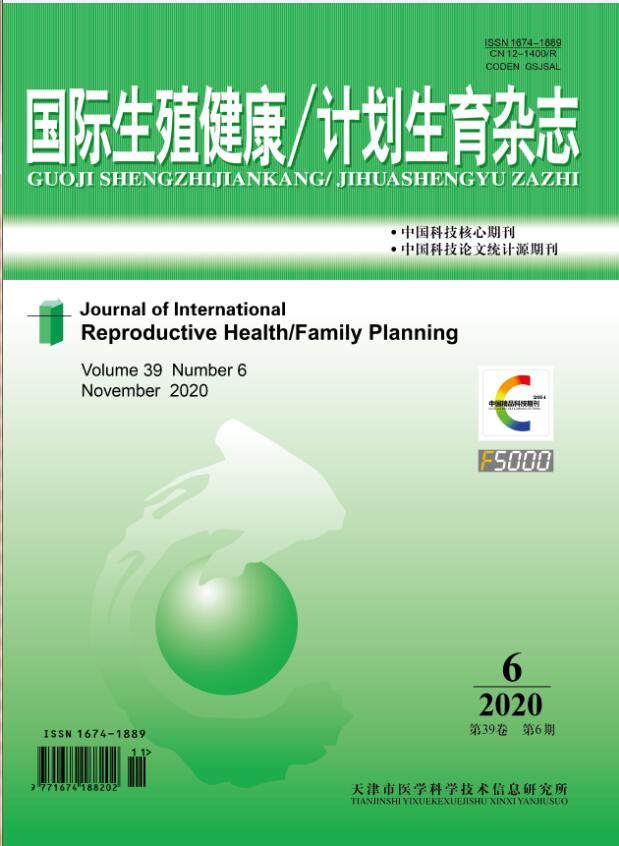|
|
The Effect of Weight Loss on the Success Rate of Intrauterine Insemination in Patients with Polycystic Ovary Syndrome
LIU Pan, ZHAO Min-ying, GUO Li-na, SUN Xiao-hui, WANG Su-gai
2018, 37 (4):
273-276.
Objective:To assess the effect of weight loss on the success rate of intrauterine insemination(IUI) in patients with polycystic ovary syndrome (PCOS). Methods: The clinical data of PCOS patients undergoing IUI-husband semen treatment were collected between January 2013 and June 2017 in our hospital. Among them, 180 patients with body mass index (BMI) greater than or equal to 24 kg/m2 had a total of 336 cycles. According to the pretreatment, patients were divided into the weight loss group, the drug group and the no-preconditioning group (control group). The weight loss group was divided into three subgroups according to the weight loss ratio: 5%≤weight loss<10% as the subgroup 1, 10%≤weight loss<20% as the subgroup 2, and weight loss ≥20% as the subgroup 3. The levels of hormones, the pregnancy rate and the abortion rate were compared. Results: The difference of LH, LH/FSH and T difference between the four groups were statistically significant (P<0.01). The LH difference, LH/FSH difference and T difference in the subgroup 1, the subgroup 2 and subgroup 3 increased gradually, and the difference were statistically significant (P<0.05). The LH difference and T difference in the drug group were less than the subgroup 3, but higher than the subgroup 1 and subgroup 2 (P<0.05). There was no significant difference in the LH/FSH difference between the drug group and the subgroup 3, but the LH/FSH difference in the drug group was higher than that in the subgroup 1 and subgroup 2 (P<0.05). The pregnancy rates in the subgroup 2,the subgroup 3 and the drug group were significantly higher than that in the control group and the subgroup 1 (P<0.05). There was no statistical difference in the pregnancy rate between the subgroup 2, the subgroup 3 and the drug group (P>0.05). The abortion rates in the subgroup 3 and the drug group were significantly lower than those in the control group and the subgroup 1 (P<0.05). There was no significant difference in the abortion rate between the subgroup 2, subgroup 3 and the drug group (P>0.05). Conclusions: With the increase of weight loss ratio, the LH, LH/FSH and T values are decreased correspondingly. When weight loss is more than 10%, the pregnancy rate of IUI treatment after ovulation induction is significantly improved. A significant reduction in the abortion rate requires weight loss at least 20%.
Related Articles |
Metrics
|

